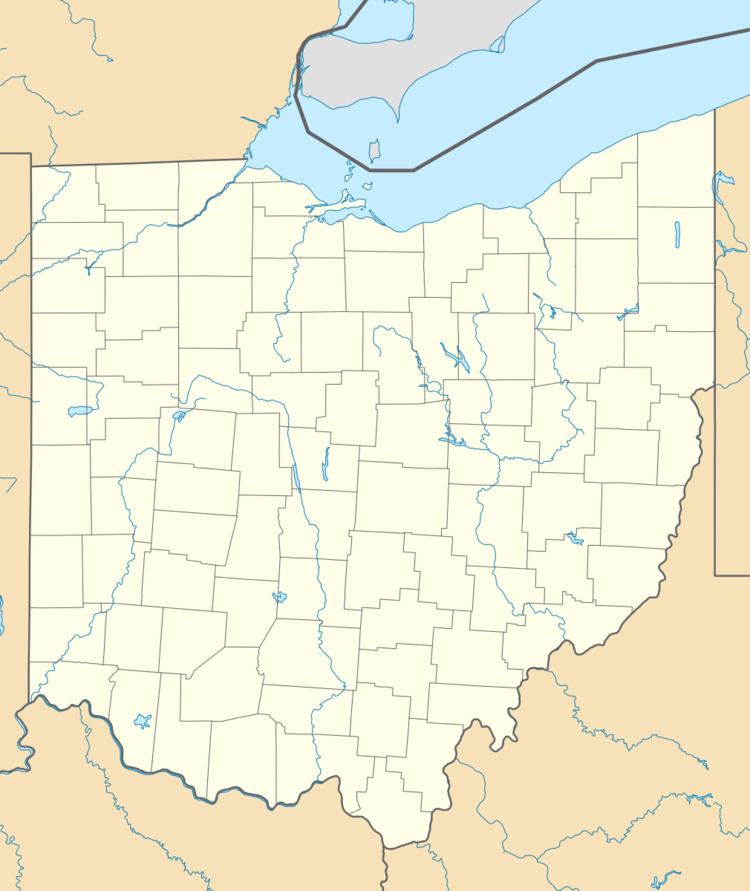Established 1949 | Phone +1 740-887-4818 | |
 | ||
Area Land: 604 acres (2.44 km)Water: 15 acres (61,000 m) Similar Conkle's Hollow State Nat, Blue Rock State Park, A W Marion State Park, Wolf Run State Park, Forked Run State Park Profiles | ||
2016 11 27 tar hollow state park logan trail north loop
Tar Hollow State Park is a state park located in Laurelville, Ohio, United States. It is part of a larger protected complex with Tar Hollow State Forest. Surrounded by the rugged foothills of the Appalachian Plateau, Tar Hollow's twisting park and forest roads pass through deep ravines and dense woodlands. Scattered shortleaf and pitch pines growing on the ridges were once the source of pine tar for early settlers, hence the name Tar Hollow. Dogwoods, redbuds and a variety of wildflowers color the hillsides in the springtime. The Fall pageant of colors is spectacular.At one time, Ohio was covered by a warm, shallow sea. As land rose to the east, sand and gravel were washed westward into Ohio's waters. Southeastern Ohio's sandstone was formed from this sediment. These sandstone hills are covered with a rich, diverse forest. Oak and hickory prefer the dry ridge tops of the area, while sycamore, black willow, buckeye and silver maple line the stream valleys. The forest not only supports a variety of hardwoods but also contains a vast array of ferns, mosses, mushrooms and wildflowers. Bloodroot, wild geranium, cardinal flower and Solomon's seal are typical wildflowers found in the forest. Surrounded by the rugged foothills of the Appalachian Plateau, Tar Hollow State Park and surrounding state forest are characteristic of the wilderness that blanketed Ohio in the days of early settlers. It is a stronghold for many exciting species of wildlife. Numerous reptiles and amphibians, colorful game birds, songbirds and secretive mammals can be found here. The timber rattlesnake, dwindling in Ohio due to deforestation, holds on in Tar Hollow's forest. The five-lined skink, distinguished by its brilliant blue tail, is found in the area along with the elusive fence lizard. Painted turtles can be seen along the shores of Pine Lake while the lumbering box turtle inhabits the dry land. Salamanders such as the red-backed, dusky, long-tailed and northern two-lined thrive on the cool, moist forest floor. In spring, the wooded hollows echo with the gobbling of wild turkey and the drumming of the ruffed grouse. Rare sightings of bobcat have been reported in this unique, wild region.
Contents
- 2016 11 27 tar hollow state park logan trail north loop
- Tar hollow state park ohio lake drained 06 13 2010 update
- History of the AreaEdit
- Area AttractionsEdit
- References
Tar hollow state park ohio lake drained 06 13 2010 update
History of the AreaEdit
This region was wilderness to early man. Indians and settlers both found the land, especially in the valleys, to be rich and fertile. Many different Indian tribes contributed to its history. From about 200 B.C. to 500 A.D., the Hopewell inhabited the area. This culture left burial mounds that can still be seen. Later both the Shawnee and Mingo claimed the area as hunting grounds.
In 1796, Nathaniel Massie platted a town on the Scioto River just north of the mouth of Paint Creek which he named Chillicothe. One hundred of the first lots were offered free to the first settlers. Farm lots in the area were sold for one or two dollars an acre, in 100- to 200-acre (0.81 km2) tracts. The area attracted many Kentuckians and Virginians. In 1803, Chillicothe became the state capital.
For a time, the ridges to the east of Chillicothe remained wilderness because the hills were too steep to farm. But as the pressure for land and lumber increased, the hills of Tar Hollow were gradually cleared and inhabited by marginal farms. Life was difficult and settlers took advantage of every resource available. The region derives its name from pine tar, an essential commodity in early Ohio households. It was taken from the knots and heartwood of the native Pitch Pine tree to be used in the home manufacture of balms, animal liniments, and lubricants for pioneer wagons and equipment.
In the 1930s, the Tar Hollow region was purchased for conservation purposes under a New Deal program, the Ross-Hocking Land Utilization Project. People were given a new financial start in life and were encouraged to move to the cities. Most, however, bought more poor ground outside the park and continued to live as they always had.
During the Depression years, recreation facilities including the 15-acre (61,000 m2) Pine Lake and group camp were built by the WPA and NYA programs. In 1939, the Ohio Division of Forestry accepted operational control of the land which was then known as Tar Hollow Forest-Park.
When the Ohio Department of Natural Resources was created in 1949, the Division of Parks and Recreation accepted land of several state agencies including the old Division of Forestry. Tar Hollow State Park was developed from the earlier forest. The park, today, is bordered by Tar Hollow State Forest—Ohio's third largest state forest.
Area AttractionsEdit
Tar Hollow State Forest is managed to provide timber, wildlife habitat, forestry research and demonstrations of good forest management. During the spring and fall forest fire seasons, the prevention, detection and suppression of wildfires within the protection area becomes a major objective. Nearby state parks include Great Seal (just north of Chillicothe), Scioto Trail (south of Chillicothe) and Hocking Hills (near Logan). These areas provide a variety of recreational opportunities. Conkles Hollow, a state nature preserve, is found within the Hocking Hills' region. Ross Lake, a wildlife area operated by the ODNR Division of Wildlife, offers good fishing opportunities.
